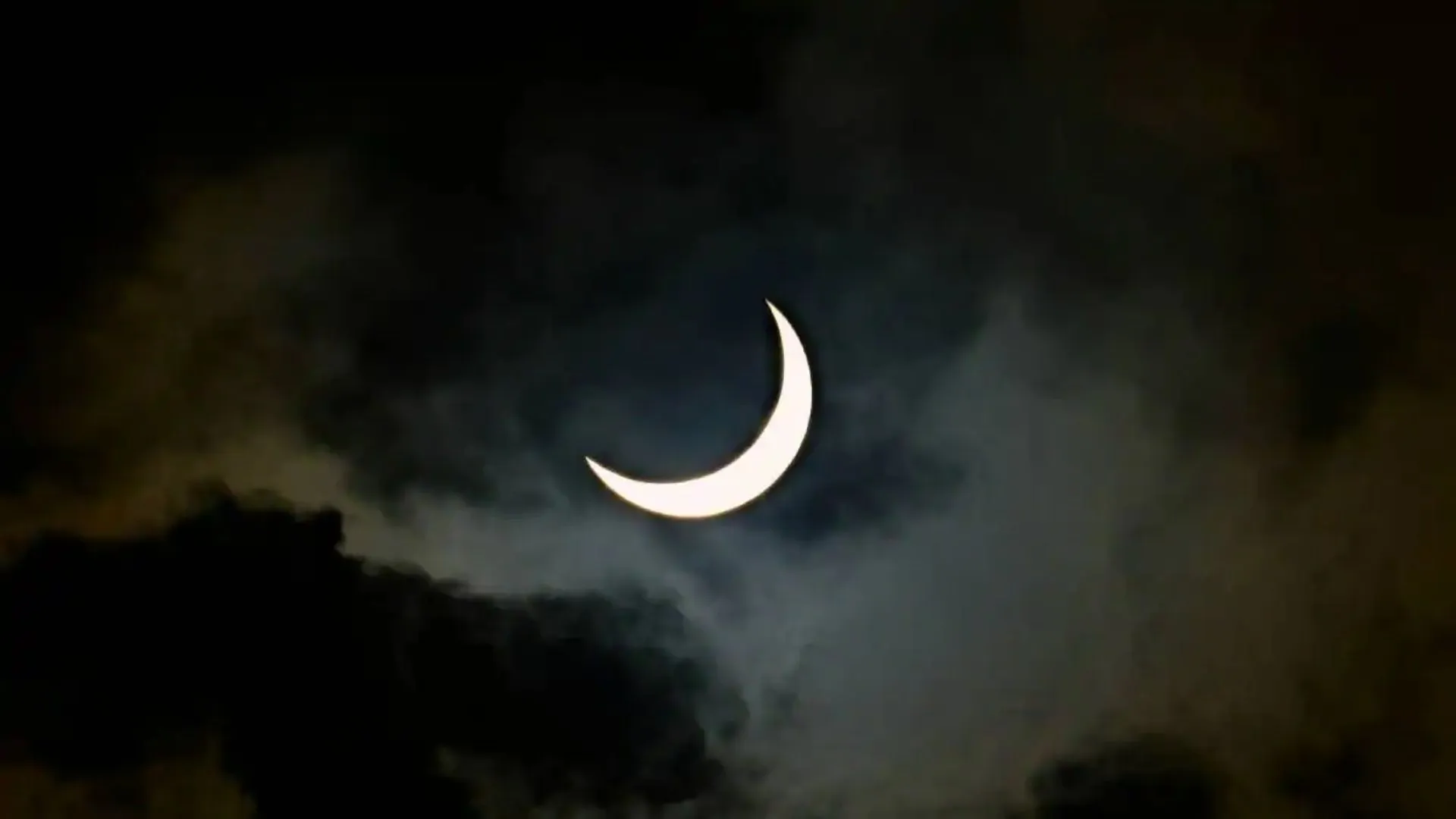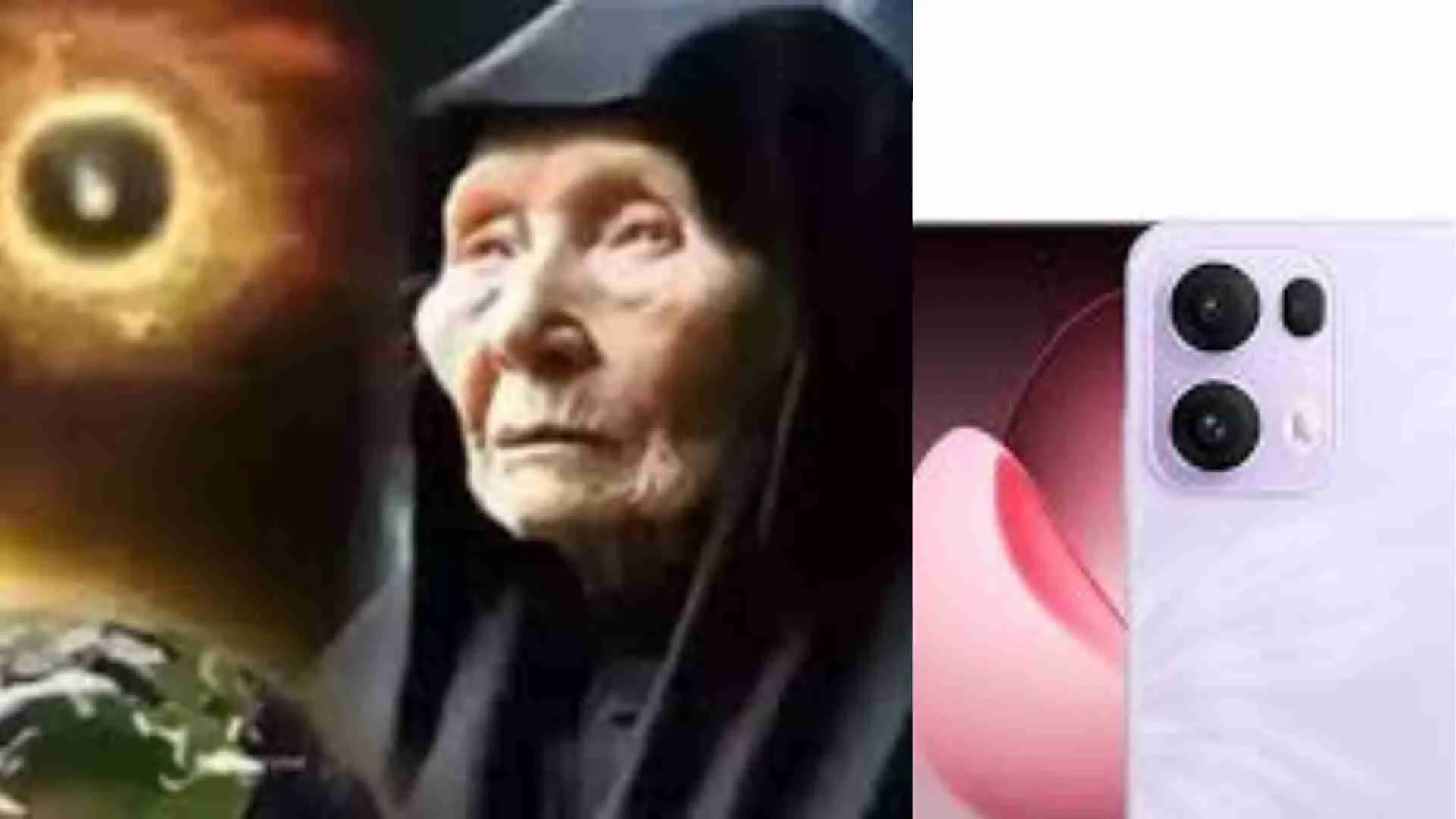In an extremely rare astronomical event, the 1st day of Ramadan in 2025 will fall on March 1, aligning the Hijri (Islamic lunar) and Gregorian calendars. This event takes place every 33 years, and it says something about the intricate dynamics between lunar and solar motion. President of the Jeddah Astronomical Society Eng. Majed Abu Zahra observes that this unusual alignment is a testament to the precision of celestial motion.
In contrast to the solar-derived Gregorian calendar, which is based on Earth’s orbit around the sun, the Hijri calendar follows the phases of the moon. Every Hijri month begins with the crescent moon, so the Islamic year is shorter than the solar year by 10 to 12 days. It changes the months of the Hijri calendar over time to shift over seasons, and Ramadan generally moves to different dates in the Gregorian calendar yearly. Yet in 2025, this exceptional occurrence will coordinate the beginning day of Ramadan to March 1.
Synchronizations in Every 33 Years
This synchronization showcases the excellent mathematical accuracy of Earth’s and the moon’s movement. “Synchronization doesn’t happen often, but it does recur in similar fashion around about every 33 years, if in a different month,” writes Abu Zahra. “It’s a reminder of the way time, while not rigid, is constructed by the universal natural rhythms and how all systems of calendars are bound by the same laws of astronomy.”
For Muslims in Saudi Arabia, the Ramadan crescent will be visible on February 28, 2025, which corresponds to 29 Sha’ban 1446 AH in the Islamic calendar. If the moon is visible on that night, taraweeh prayers will commence, and fasting will commence on Saturday, March 1, 2025. Otherwise, the holy month will start on Sunday, March 2, 2025. Those who observe the Ramadan crescent are urged to report their observations to the nearest center or court for official recording.
Aside from the scientific wonder, this unusual alignment also has a deeper meaning. It represents the constantly changing but interdependent nature of time and life. As the first day of Ramadan and March 1 overlap, it presents a moment for spiritual contemplation and awe at the miracles of the universe that govern our existence. This phenomenal occurrence won’t be seen again for another 33 years, so it is a moment of both spiritual and astronomical importance.










